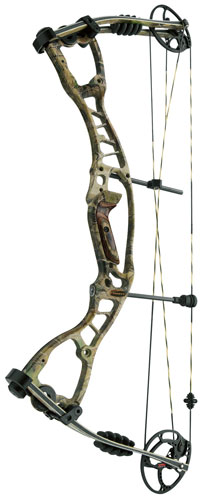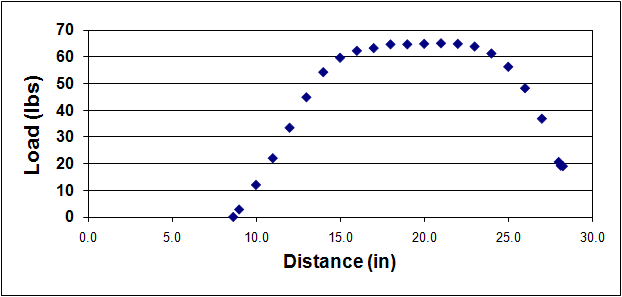Hoyt AlphaMax 32
Personal Commentary by Jon Silks about the Hoyt AlphaMax 32:
To sit atop the competition for the second straight year is a great sign for Hoyt. They are producing rigs that excel in all areas rather than in just one or two. They hold the bar high for others to shoot for and do it all with the utmost integrity. When I get a bow to test from Hoyt it is within spec and generally shoots either as fast or faster than their advertised IBO specs! As a tester I have to tell you that this kind of thing gets me excited. Unfortunately it does not happen nearly often enough in our industry. If I had any criticism of the Hoyt lineup in years past it was the mass weight. When the company introduced the AlphaMax 32 at only 3.9 pounds I knew they were going to be extremely successful with it. Their grip is one of the best in the bunch and their draw cycle was tops by a long shot. The bow balances well and reports little shock or vibration at the shot. As stated above - this bow hits high marks across the board not just here or there.
|
 |
||||||||||||||
Using this Table: Kinetic Energy: (in foot-pounds)
This is the energy that actually goes into propelling the arrow. Basically it is the energy that is left over from the stored energy after all of the bow system friction is accounted for. |
|||||||||||||||
Using This Graph: The area under the graph signifies the amount of energy stored by the system from brace height to full draw (power stroke). The shape of the curve is generated by a plot of draw weight in pounds against draw length in inches and gives an indication of how the bow will feel when drawn. The more rounded the curve the more "smooth" the feel of the draw cycle, however, if the curve is "squared-off" it will likely feel more aggressive. The trade off comes in performance, as the more aggressive curve is generally indicitive of more stored energy and more speed.
|
|||||||||||||||










